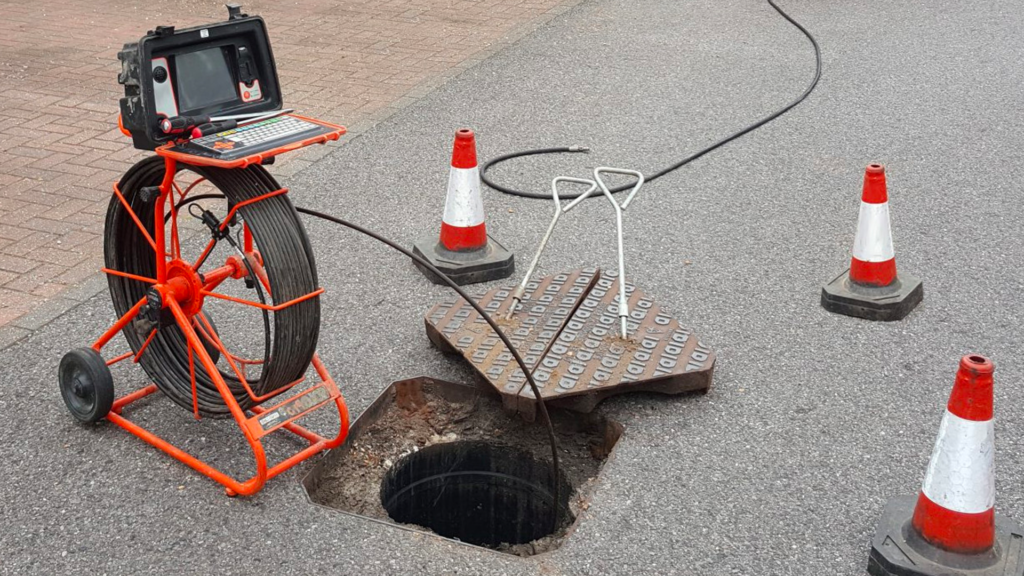5 Simple Techniques For Reclaim Waste
5 Simple Techniques For Reclaim Waste
Blog Article
The 5-Second Trick For Reclaim Waste
Table of ContentsThe 6-Minute Rule for Reclaim WasteThe Main Principles Of Reclaim Waste Getting My Reclaim Waste To WorkReclaim Waste for BeginnersSome Ideas on Reclaim Waste You Need To Know
Discover the types, occurrences, and types of fluid waste. Domestic sewer waste describes the waste and products from a household septic system. This kind of waste is produced by humans in residences, institutions, and other buildings. This only consists of septic containers that have a drain area. The appropriate management and disposal of residential sewage waste call for fluid waste to be moved to a sewer treatment plant where the proper methods and tools are put on purify and get rid of waste.
Business waste usually consists of possible dangers, such as flammable materials or a mixture of fluid and strong waste items, and requires an extra innovative and in-depth disposal process. The disposal of commercial waste usually involves the purification of waste before transportation to ensure secure and proper disposal. Industrial waste is created from by-products and overflow of commercial procedures and manufacturing.
This type of waste can not use the same sewer management transportation or processes as septic or industrial liquids. The hazardous waste administration process needs the assessment and testing of liquid waste before it goes through the disposal process (industrial wastewater treatment). Drainage waste is the fluid waste that originates from runoff and excess stormwater in extremely populated locations or cities
Runoff waste can trigger contamination and flooding if not managed correctly. Making sure correct waste administration can avoid catastrophes and minimize environmental damage.
Some Ideas on Reclaim Waste You Need To Know
Get in touch with PROS Services today to discover our waste administration and disposal services and the appropriate methods to look after the fluid waste you create.
(https://www.pubpub.org/user/leon-aube)This supposed 'wastewater' is not just an important resource but, after treatment, will be launched to our land, waterways or the ocean. Made use of water from bathrooms, showers, baths, kitchen sinks, laundries and commercial processes is recognized as wastewater.

water made use of to cool down equipment or tidy plant and tools). Stormwater, a kind of wastewater, is drainage that flows from agricultural and city areas such as roofs, parks, yards, roads, courses and seamless gutters right into stormwater drains pipes, after rain. Stormwater streams neglected directly to regional creeks or rivers, at some point reaching the sea.
Getting The Reclaim Waste To Work
In Queensland, the majority of wastewater is dealt with at sewer therapy plants. Wastewater is transferred from residential or industrial websites through a system of sewage systems and pump stations, called sewage reticulation, to a sewer treatment plant. Local governments develop, maintain and operate most sewer treatment plants. Operators are licensed under the Environmental Protection Act 1994 to release treated wastewater at an acceptable ecological standard right into waterways.
The Division of Natural Resources advises city governments concerning managing, operating and maintaining sewage systems and treatment plants. In unsewered locations, neighborhood federal governments might need homeowners to set up private or house sewer therapy systems to deal with domestic wastewater from bathrooms, kitchen areas, bathrooms and laundries. The Division of Natural Resources authorizes the usage of family systems when they are shown to be effective.
In some brand-new subdivisions, therapy of some stormwater to eliminate clutter, sand and crushed rock has started using gross toxin traps. Wastewater therapy takes place in 4 phases: Eliminates solid matter.
Uses little living organisms recognizes as micro-organisms to break down and get rid of staying dissolved wastes and fine bits. Micro-organisms and wastes are integrated in the sludge.
The Definitive Guide for Reclaim Waste
Nutrient elimination is not readily available in all sewer therapy plants due to the fact that it needs expensive specialised tools. It is coming to be a lot more common in Queensland. Clear liquid effluent created after treatment might still contain disease-causing micro-organisms. If this effluent is launched into rivers such as rivers or the sea, the micro-organisms will eventually pass away out.

A lot of wastewater streams right into the sewerage system. Under the Act, neighborhood federal governments provide approvals and permits for ecologically appropriate activities why not try this out (Periods) entailing wastewater launches that may have a neighborhood effect.
Some Ideas on Reclaim Waste You Should Know
Surveillance offers factual details regarding water high quality and can validate that permit problems are being satisfied. The info gotten via surveillance gives the basis for making water high quality decisions.
Report this page